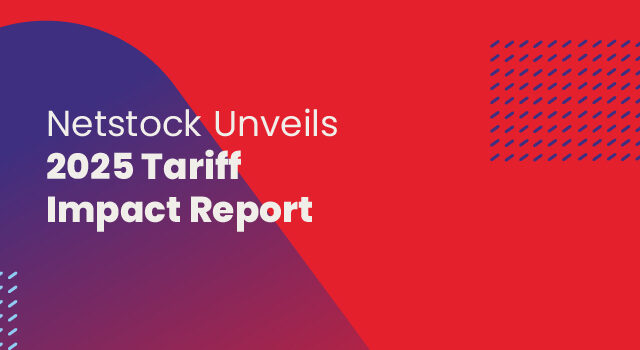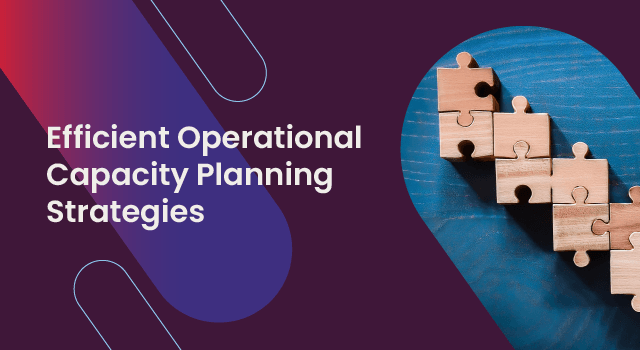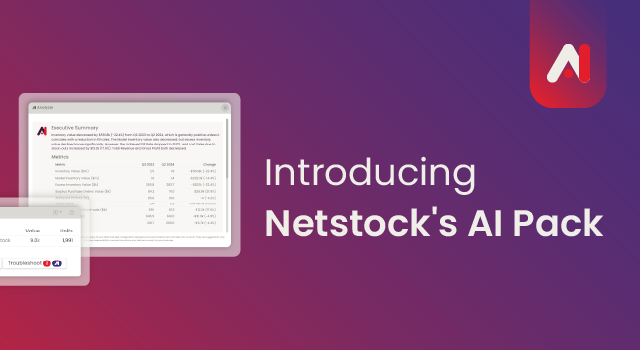Order fulfillment software is a critical supply chain component. It affects customer satisfaction, operational efficiency, and business performance. Advanced systems can improve accuracy through automation and provide valuable customer behavior insights.
This software is an indispensable resource for a modern business. It can manage stock over multiple locations and monitor inventories across complex supply chains. It also offers customers valuable delivery data. But before you invest in this software, you must assess your needs and select the software that meets them.
In this article, we consider software aspects that could affect your choices.
What is order fulfillment software?
Order fulfillment involves assembling an order and dispatching it to the customer. Order fulfillment software manages the process from ensuring product availability to order shipment and beyond.
The processes include inventory management, order processing, warehouse management, shipping, and logistics. The software simplifies and streamlines these functions.
Order processing
Order processing starts on the order receipt. Customer information is validated. Then, the order is captured into the system along with payment information and shipping address. The software selects the most appropriate fulfillment location in a multi-warehouse business based on available inventory and shipping costs. It reserves the stock for the order.
The fulfillment software produces a picking list to guide warehouse staff on the locations and quantities. The system will generate the necessary documents. These include delivery notes and packing and shipping labels. The software provides employees and customers with real-time updates on the order’s progress.
Inventory management
Order fulfillment software maintains real-time stock records for the various stock locations. It handles SKUs, recording the necessary details. It can track lot and serial numbers. The system reserves stock for orders to prevent overselling. Where there is a stock shortage, the system manages backorders.
Order fulfillment software can also manage forecasting and purchase order placement, as vital inventory management functions. The software uses past sales to forecast future demand, and assesses inventory availability based on the forecasts. Then, it will automatically place purchase orders to cover shortfalls.
Shipping
Order fulfillment systems integrate with carrier software to offer customer shipping choices. It can compare shipping rates and produce shipping labels based on carrier requirements and order details.
Shipping software can select the most appropriate carrier based on various criteria, such as lowest cost, preferred shipping method, parcel size and weight, and destination. The best systems track products through the system and send customers updates.
The software also manages the reverse logistics required for returns. It creates labels, processes refunds, and corrects the inventory, ensuring the products’ return to the store or supplier.
The role of inventory and order fulfillment software in inventory ordering
Integrated inventory and order fulfillment software can streamline inventory ordering in your system and provide an overview of your operation. Benefits include:
- Real-time data: It maintains accurate information on sales, inventory availability, and orders. This provides employees with the data they need to make decisions.
- Accurate demand forecasting: Integrated systems analyze sales data, demand trends, and external factors to provide accurate forecasts. These systems can pick up sales trends and seasonality. External factors may include economic indicators, competitor activity, and more.
- Automated order placement: The system places orders automatically based on predetermined parameters. It will also calculate appropriate safety stocks to minimize stock-outs and reduce excess stocks.
- Supplier management: Centralized data encourages communication templates, encouraging collaboration. Better communication can reduce lead times.
- Reduced errors: Automated tasks reduce the likelihood of human error.
- Optimized inventory: Integrated order fulfillment systems will help you to reduce excess stocks and prevent stock-outs, reducing costs and improving operational performance.
- Managed lead times: These systems track lead times to identify possible delays. They will identify factors that affect lead times to make them easier to manage. Better inventory management means fewer expedited orders, making it easier for suppliers to plan and reducing lead times.
Importance of order fulfillment software in supply chain management
Order fulfillment software can significantly improve operational performance by automating routine tasks and streamlining processes. The system enables quicker order processing, more organized picking, packing, and shipping, and better resource allocation. It also enhances visibility, making planning easier.
Automation reduces the likelihood of human error, resulting in fewer inventory mistakes. Automated picking lists and barcode scanning help cut down on order errors, while automated shipping labels and delivery documents minimize delivery mistakes.
As a result, customers are happier with fewer delivery problems. Orders are picked, packed, and delivered faster. Additionally, real-time order tracking keeps customers informed of their order status, enhancing their overall experience.
Key features to look for in order fulfillment software
Key features form a vital part of effective order fulfillment software.
Inventory management
A basic requirement is real-time inventory visibility across multiple locations. If you use lot or serial number tracking, this may be another inventory requirement. Make sure that the system has cycle count capabilities and integrated demand forecasting.
Order processing
Your system must handle multi-channel orders, including online orders and brick-and-mortar. You’ll want order automation facilities and an efficient returns system.
Shipping integration
Your fulfillment software must integrate with the software of the shipping carriers you use. Make sure it can compare rates for optimized costing and group orders for efficient shipping. The software must automatically produce labels and other delivery documents.
Analytics and reporting
Effective management depends on performance tracking, following Key Performance Indicators (KPIs) like shipping time and inventory accuracy. To do this you need customizable reports to monitor the KPIs upon which your business depends.
Your chosen software must present the data in an easy-to-understand format. Predictive analytics can help with forecasting.
Create customized reports with Netstock
Scalability
Your business should grow with time. Your software must accommodate business expansion with no performance reduction.
Integration capabilities
The order fulfillment software you buy must integrate with your existing software, like Enterprise Resource Planning (ERP). This enables system-to-system data transfer and discourages data silos.
Demand forecasting
Demand forecasting plays a vital role in optimizing inventory. Forecasts use historical sales to predict future demand. It must identify seasonality and adjust inventory to meet the demand forecasts. The best systems use advanced techniques like AI and Machine Learning to produce accurate forecasts.
How to choose the right order fulfillment software for your business
Choosing the best order fulfillment software for your business is crucial. Follow a process and consider all the options.
Assess your needs: Every business is different, and the software must cover your unique business needs. Consider the following factors when choosing the most appropriate software for your needs.
- Your business size
- Product range complexity
- Shipping requirements
- Integration capabilities
Budget considerations: Software prices can differ substantially. It is important to compare pricing models, including all licensing and subscription costs. Factor in costs for customization, data migration, and training. Calculate expected savings from improved efficiency, reduced errors, and improved customer satisfaction.
Scalability: Your software must accommodate increased order volume, product lines, and locations.
Ease of use: The easier a system is to use, the easier it is to train additional users. Users are more likely to embrace a new system that is easy to navigate. Make sure that adequate, quality support is also available when you need it.
Customer support: Evaluate the responsiveness and availability of the vendor’s customer support. You also need to fully understand the planned training program.
Request a demo: Request a demo to assess the software’s functionality and user interface. Test the tool and its features to see how they fit your business needs and future expansion plans.
Optimize inventory with the best fulfillment software solution
Fulfillment software solutions enhance operational efficiency and customer service by automating processes and reducing manual planning errors. It’s a strategic investment in your business’s future.





